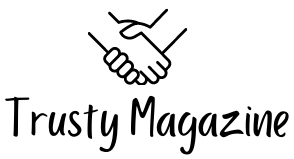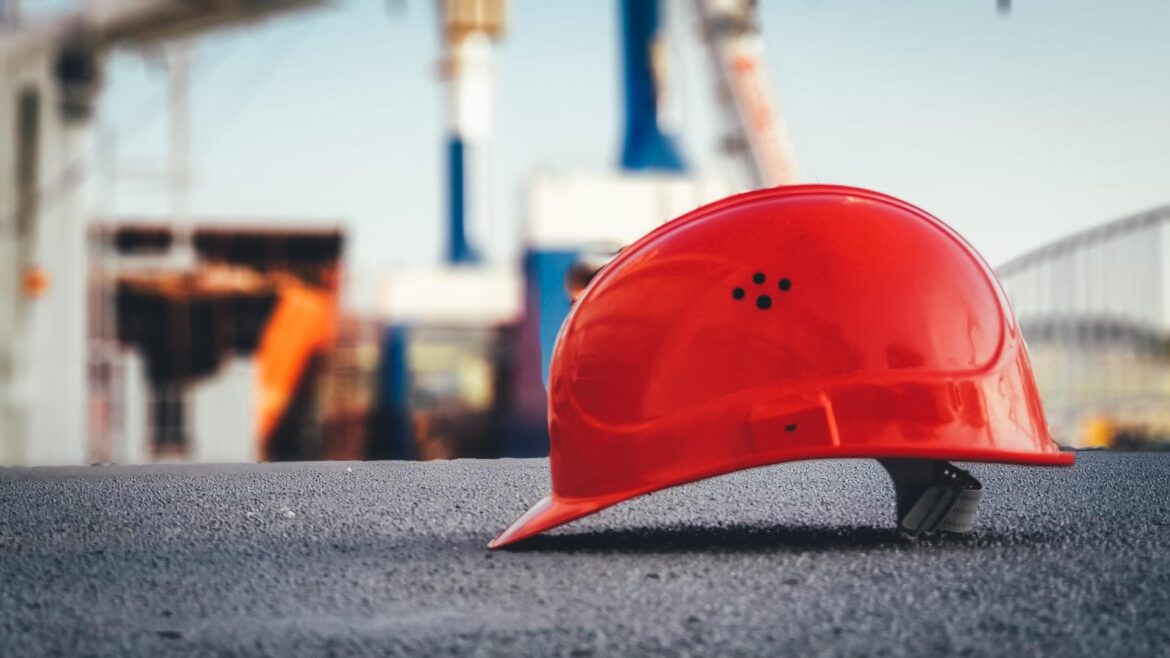Safety first exists for a reason. Every safety precaution law is written in blood, sweat, and tears from accidents that preceded it. Knowing that servers to emphasise the importance of each safety law. Not a single one is there to hamper or to slow you but to prevent grim statistics. Millions are spent each year in the Australian industry to prevent workplace-related accidents, yet they still happen. Any effort you can take towards reducing them is a noble goal to aspire to, and we are here to help with some quick and easy starting tips.
1. Overall employee health
Treat employee health as the foundation for all your future workplace-related safety training. A happy, well-rested and healthy worker is less prone to accidents. Employee health shows you that workplace safety starts before you get to the job. Regular health screenings, doctor checkups, yoga as a stress reliever, healthier job snacks and meals, investing in employee health tourism and so on, all go towards the same goal of making your workforce as healthy as possible.
2. Ergonomics as the workplace
Ergonomics is not some fancy word or a foreign concept anymore. The entire workplace has to be tailored made towards your workers. The paradigm has shifted from employees having to adapt to the job, as that creates stress, and tension and degrades the long-term health of all involved. Plenty of global health strategies have shown that companies that invest in ergonomics contribute to the overall health of all involved. Making your workplace employee-friendly raises your productivity and employee retention. And also, significantly lowers your workplace accidents and any subsequent equipment damage that may occur.
3. Professional assistance
Having a dedicated department in your company whose sole job is preventing workplace accidents is great, but what if you don’t have the resources or the manpower to start one? The sooner you get started with the workplace, the better, but some companies face a steep learning curve and high barriers to entry. Outsourcing your workplace safety needs to experienced and licensed companies that provide professional and quality safety courses, gets you on the fast track to success.
Generally speaking, outsourcing your company needs to specialised agencies is the right thing to do when you need quick and good results. As the training begins and continues, you will be able to monitor its success and start implementing any procedures you find useful. Think of outsourcing as the first step towards building your department.
4. Adequate training exercises
If your company and its procedures require specialised tools or physical conditions, then all those steps have to be adequately addressed. Workers, in general, are not well informed about safe, practical, and long-term methods of using equipment, or how they can injure themselves by doing some actions improperly.
Education about proper lifting, carrying, moving, and other potentially harmful activities will ensure you have a healthy workforce for years to come. While machines and procedures can be fixed and highlighted, any injuries or worse that may happen to your employees have far-reaching consequences. Luckily, they are all easily preventable.
5. Cybersecurity
Our modern world has produced an entirely new field of job security, which extends beyond our physical boundaries. While anything that happens in cyberspace cannot cause physical harm, damage can be measured in data loss or security breaches. Such types of damage also stem from improved usage of equipment and not following safety rules regarding cybersecurity, that have to be set for digital frontiers and situations. Whether your company does its entire operation online or partially, you still need to be sure that work is safe, and up to protocol and educate your employees on potential threats.
6. Hasardous waste
Here is a quick list of what to look for: deadly chemicals, dust build-up, lead, mould, asbestos, fumes, and gases. While they are not the entire list, it’s good to have something for starters.
Recognising the importance of job safety is the first step that will get you on the right track to success. Not ignoring the problems and facing them straight on ensures that you have a long-term strategy for job safety. With the increase in the job, safety comes higher employee satisfaction and retention, high-profit margins and lower operating costs. With that, we wish you all the best in your future endevours.







